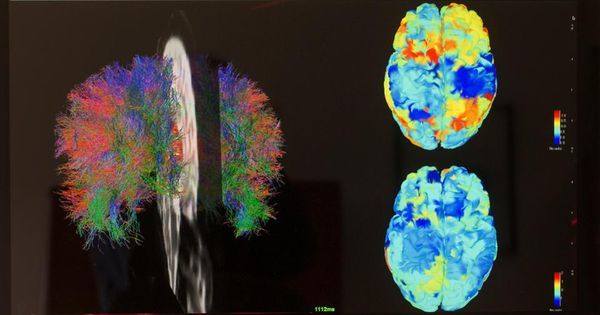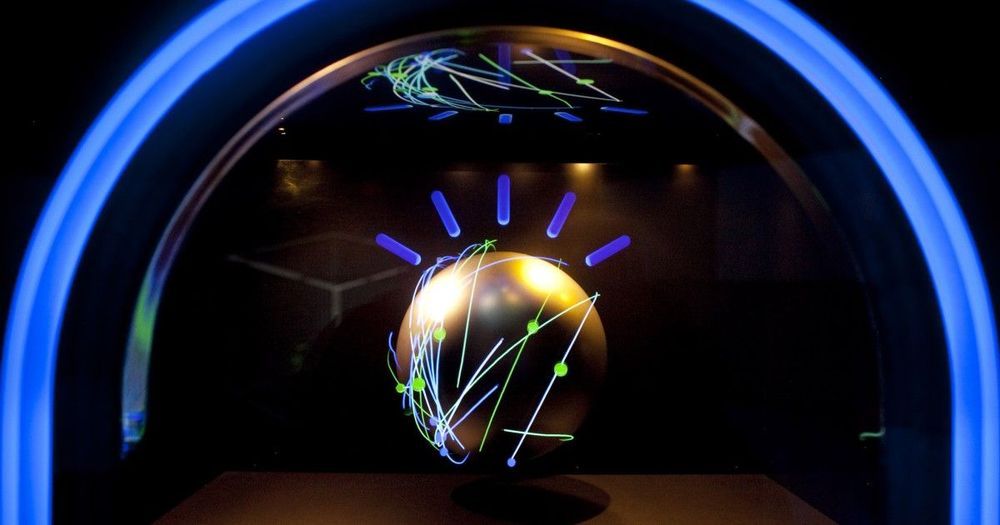As an experiencer, I believe most claims are real. Whether they were man-made or actual exterrestials or exterrestials that work with us it is still a very common phenomenon. There have been several sightings essentially where even the person’s shoes were the only things left. Looking from common science fiction even it is a possibility that Emelia Airhart was teleported by aliens somewhere in the galaxy and can be referenced from the reports on star trek the tv show. There are several missing people that even today with good forensics that hardly anyone can find and the oddity of it all essentially says that essentially there were no traces left like literally none not even DNA. Looking through police records sure there are cold cases but most are solved but there are several cases that even the highest technologies of forensics have not solved. There are several cold cases all around the globe that were not ordinary ones they were, in fact, alien signs. But eventually, with quantum radar we could scan the entire universe to eventually find traces and digitize them finding a sorta batman style way of like forensics but you would need massive hardware but eventually, you could find them or anything in time. If they found Emelia Airhart they will find anyone else if these exist on this universe or even the multiverse if they physically exist. Then they would actually prove that aliens do actually exist aswell. Really nothing is impossible only improbable. Believing in aliens is not as far fetched as it seems. Most of their technology is science-based anyway it is just exotic physics.
The site of the 1973 alleged abduction is getting a historical marker.








